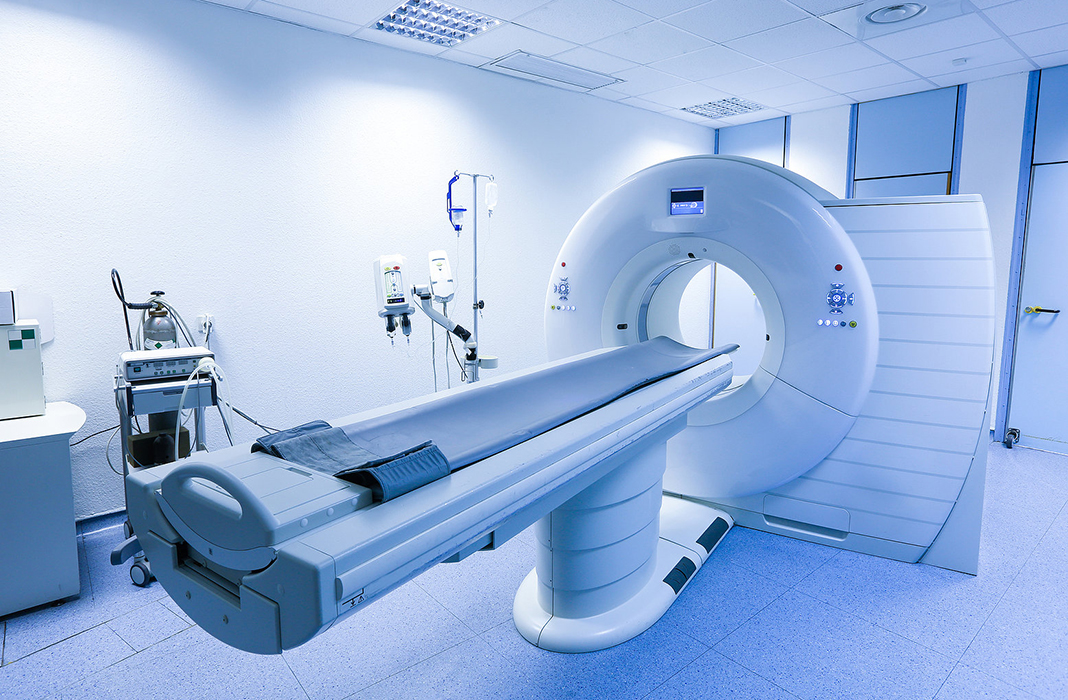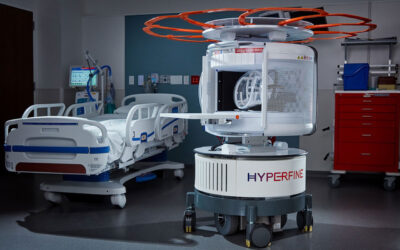By John Garrett
In a stuffy hospital boardroom with lukewarm coffee, two directors of different departments have come to do battle in their modern day quest. One will feel the thrill of victory, the other will taste defeat and suffer lingering reminders that they failed in their quest. That modern day quest for hospital managers and directors everywhere is the search for the elusive and almost mythical treasure known as “capital funds.” Those dollars drive political maneuvering, calculated numbers manipulation and virtual battles of epic proportion. All so that a department can receive funds to buy new equipment.
One of the big sticks used as justification is the end-of-life (EOL) letter. The letter says that the equipment has reached the end of the manufacturer’s expectation of useful life. The one justification bigger than EOL is the end-of-support (EOS) letter. The EOS states that there will be no more parts or service available from the manufacturer for the unit in question. The perception by the user is that the equipment will simply break and no longer function. The department will be forced to turn away crowds of patients due to the inability to provide a service and the hospital will cease to function.
It is true that for some items the EOL and EOS mark the passing of an era. This is more typical for biomedical equipment and niche imaging products than most diagnostic imaging products. If you have a general rad room, CT, cath lab or MRI made by Philips, GE or Siemens the EOL and EOS are really more of a suggestion than a true EOL/EOS.
For diagnostic imaging equipment the EOL and EOS are also tools to drive sales of new equipment. It is part of an overall marketing strategy for any major company. Planned obsolescence is part of the marketing plan of all manufacturers, not just those of consumer goods. To be clear, there is nothing wrong with a marketing plan that drives development of better more reliable technology. However, the cost to value of a purchase has to be considered. There were CTs in use that were 4 slice that had seen EOL and EOS long before they were taken out of service. Many were still in use and serving a purpose until CMS stopped reimbursement for any CT lower than 16 slice. This was possible due to the support and parts available for that equipment. The support just comes from somewhere other than the manufacturer.
There are many independent service organizations (ISO) that can support equipment far beyond the EOL or EOS of the manufacturer. Often this makes more sense than simply replacing equipment. If you have a Lightspeed CT, there is enough support from ISOs that they could be maintained for the foreseeable future. You can buy replacement workstations from the ISO or new covers to help with marketing and appearance if you need that. The same is true of the Ecam nuclear medicine camera. For the Ecam there is even an FDA approved upgrade that takes the operating system to a Windows 10-based system that solves many cyber vulnerabilities. These are just two examples of many.
However, upgrading and extending the useful life of equipment doesn’t help the manufacturer. They need to sell new and shiny things. Even if there is no real advantage to the purchaser. Does your hospital need a new 256-slice CT to replace the 16- or 64-slice? Probably not.
Keeping the total ownership cost down is one advantage to extending the life of diagnostic imaging equipment. It helps the hospital or imaging center keep costs lower. However, with capital being difficult to obtain, extending the life of a unit that is well supported and does the work it needs to do allows those capital dollars to go to areas that are objectively in real need of new hardware.
John Garrett has 20 years experience in imaging service including general radiation, mammography, CT and nuclear medicine. He has worked for third-party service companies, manufacturers, sales companies and in-house imaging teams.








